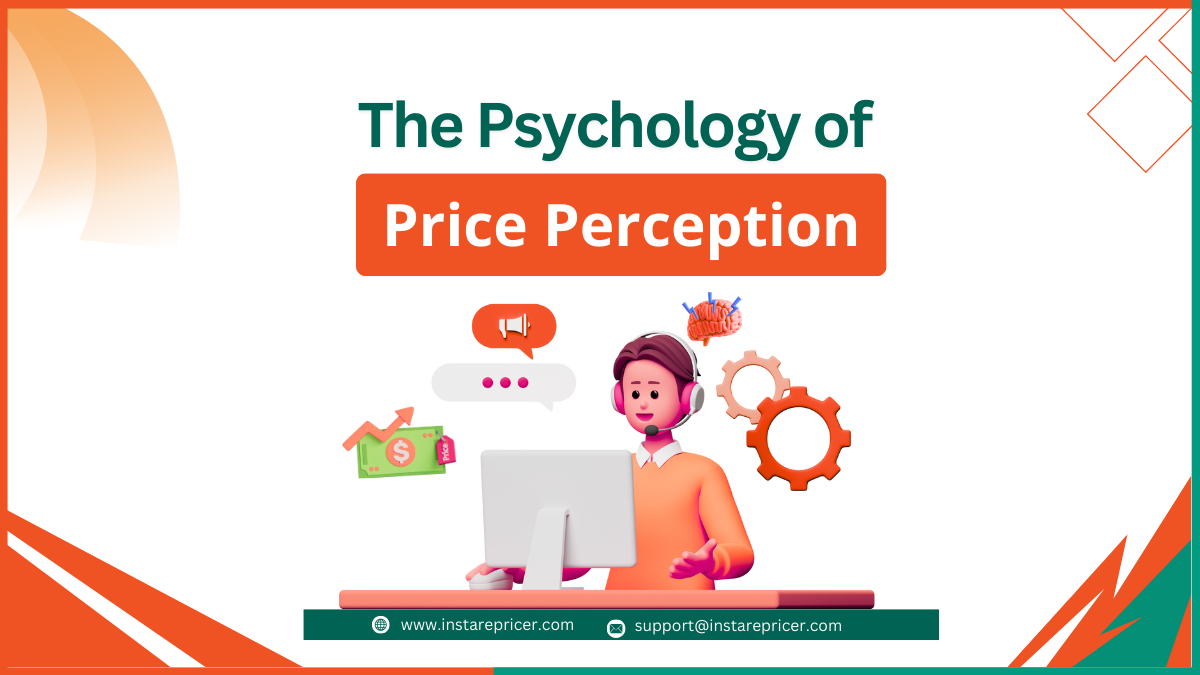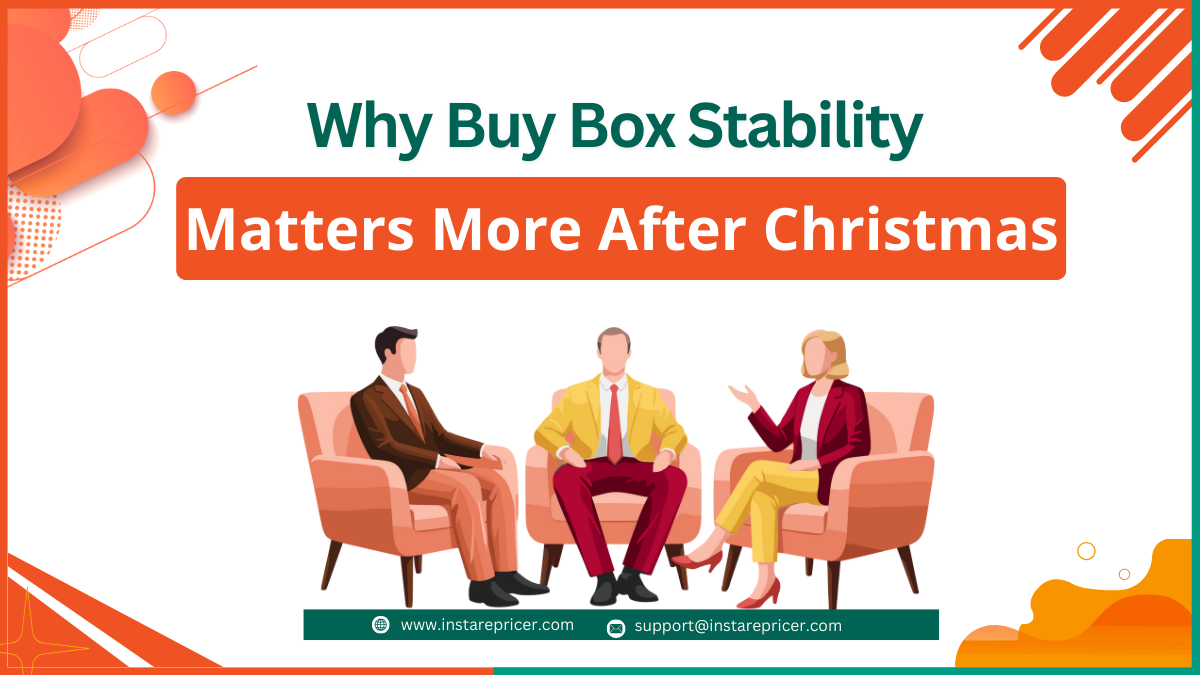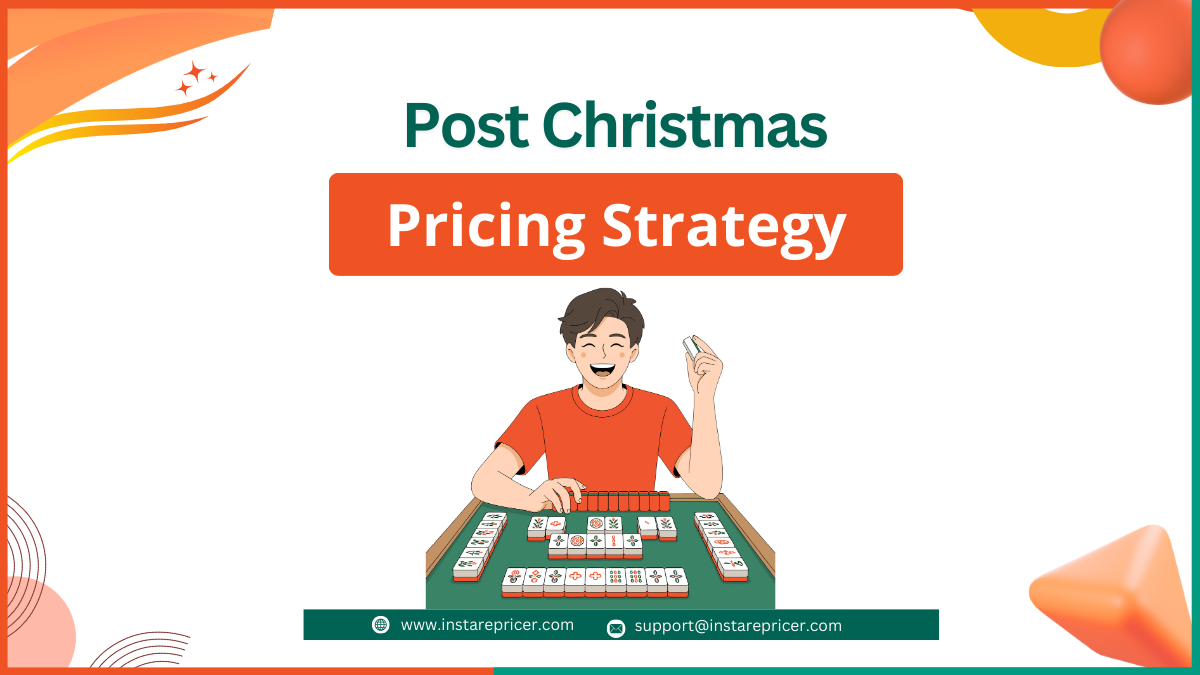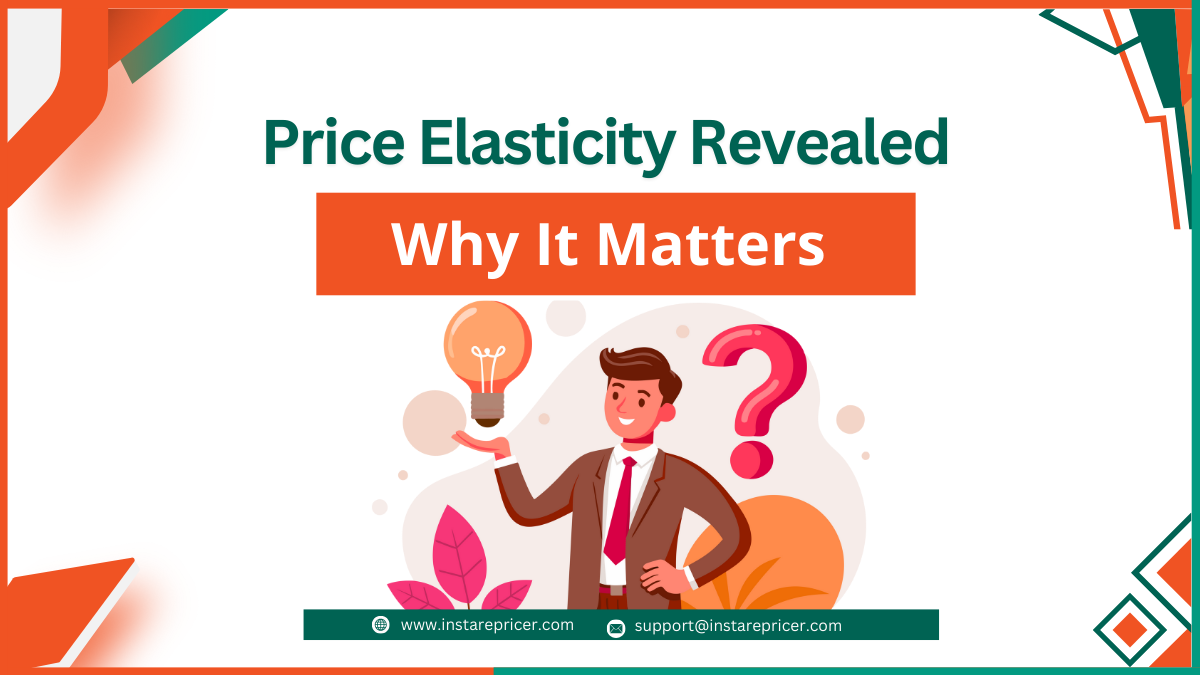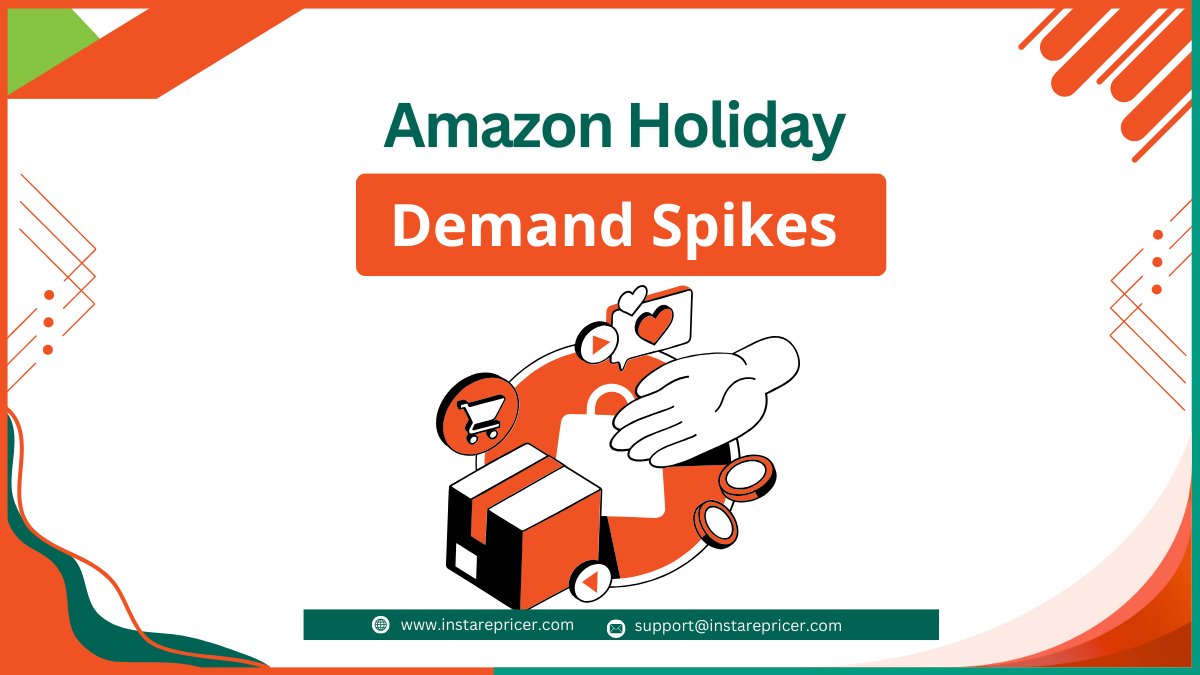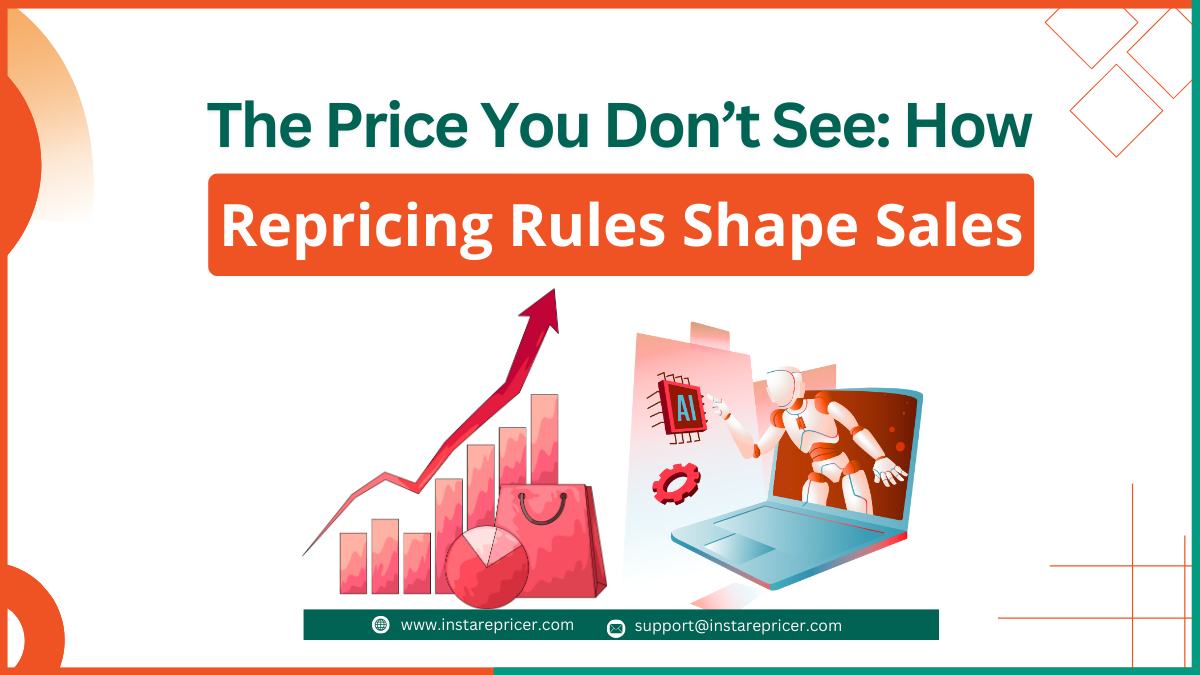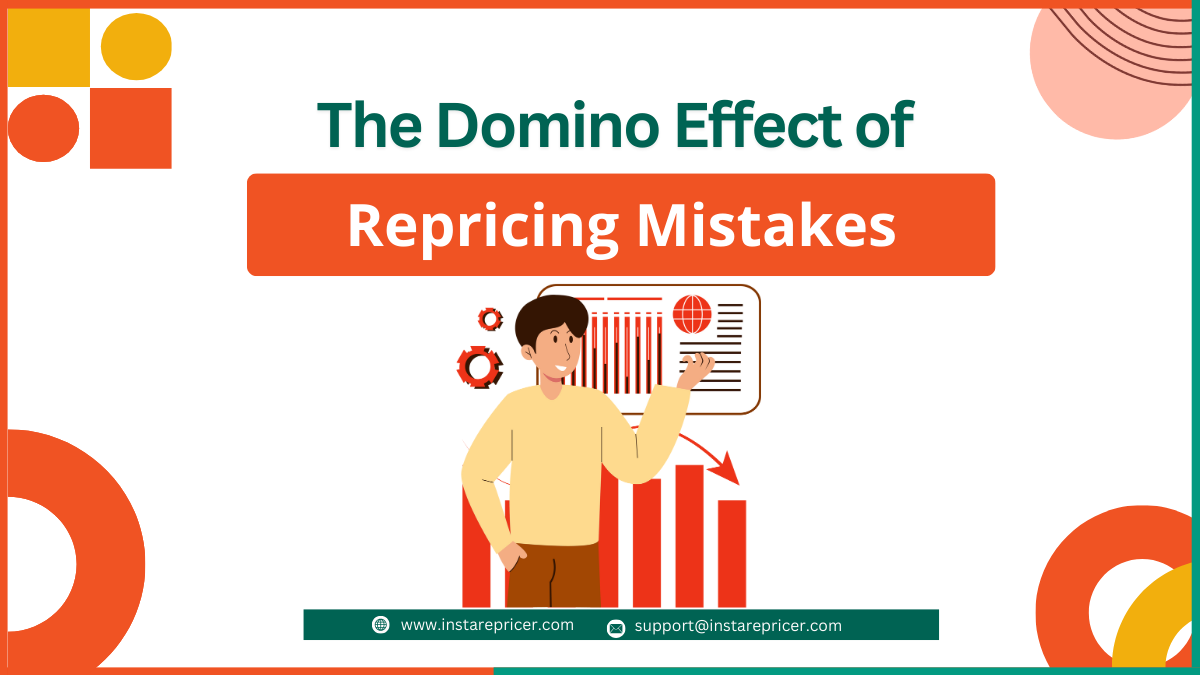Introduction: Psychological Pricing Strategies
In Amazon’s hyper-competitive marketplace, sellers often focus on undercutting competitors to win the Buy Box. But here’s the truth, the lowest price doesn’t always win.
Shoppers don’t evaluate prices purely logically; they react emotionally and subconsciously. That’s why understanding psychological pricing strategies is a game-changer, it lets you win more sales without cutting your margins to the bone.
Why Price Perception Drives Conversions
Price perception is about how expensive or valuable a product feels, not just the digits on the screen.
Amazon shoppers’ decisions are influenced by:
- Cognitive biases — mental shortcuts that shape decisions.
- Emotional triggers — urgency, scarcity, trust signals.
- Comparison context — how a price stacks against competitors or previous prices.
When you use the right psychological pricing strategies for Amazon, you tilt the playing field in your favor, making your offer feel like the best deal, even if it’s not the cheapest.
7 Proven Psychological Pricing Strategies for Amazon Sellers
| Strategy | How It Works | Why It Works | Amazon Example |
|---|---|---|---|
| Charm Pricing | End prices with .99 or .95 | Makes price feel smaller due to left-digit bias | $19.99 vs. $20.00 |
| Price Anchoring | Display a higher “was” price next to your actual price | Creates perceived savings | |
| Urgency & Scarcity | Show limited stock or time-limited offers | Triggers fear of missing out (FOMO) | “Only 3 left — order soon” |
| Tiered Pricing | Offer multiple versions at different prices | Most buyers pick the middle tier | Basic $14.99, Standard $19.99, Premium $24.99 |
| Rounded Luxury Pricing | Use whole numbers for high-end items | Signals quality & luxury | $100 instead of $99.99 |
| Odd-Even Pricing | Use odd numbers for bargains, even for elegance | Aligns price with brand perception | $47.95 (deal), $48.00 (premium) |
| Bundle Pricing | Package items together at a small discount | Increases perceived value | 3-pack for $29.99 vs. $10.99 each |
The Emotional Science Behind Each Psychological Pricing Strategies for Amazon Sellers
- Charm Pricing (.99 or .95 endings)
The human brain reads left to right, so $19.99 is processed as “19 dollars and change” instead of “almost 20.”
This tiny difference can boost conversion rates for mid- to low-priced products. - Price Anchoring
When you show a higher crossed-out price first, the lower price feels like a bargain, even if the “original” price was never charged. Amazon’s own interface reinforces this with “You Save $X” badges. - Urgency & Scarcity
“Only 5 left in stock” or “Deal ends in 2 hours” triggers the fear of missing out, pushing hesitant buyers to purchase now rather than later. - Tiered Pricing
Offering three versions of a product often results in the middle option becoming the bestseller, as buyers avoid extremes. - Rounded Luxury Pricing
Whole numbers (like $50 instead of $49.99) work better for high-end products because they signal premium quality and avoid looking like a discount store.
The Impact of Pricing Strategies on Amazon Sales
Below is a visual representation of how each psychological pricing strategies for Amazon sellers influences perceived value and conversion rates based on aggregated eCommerce psychology studies:
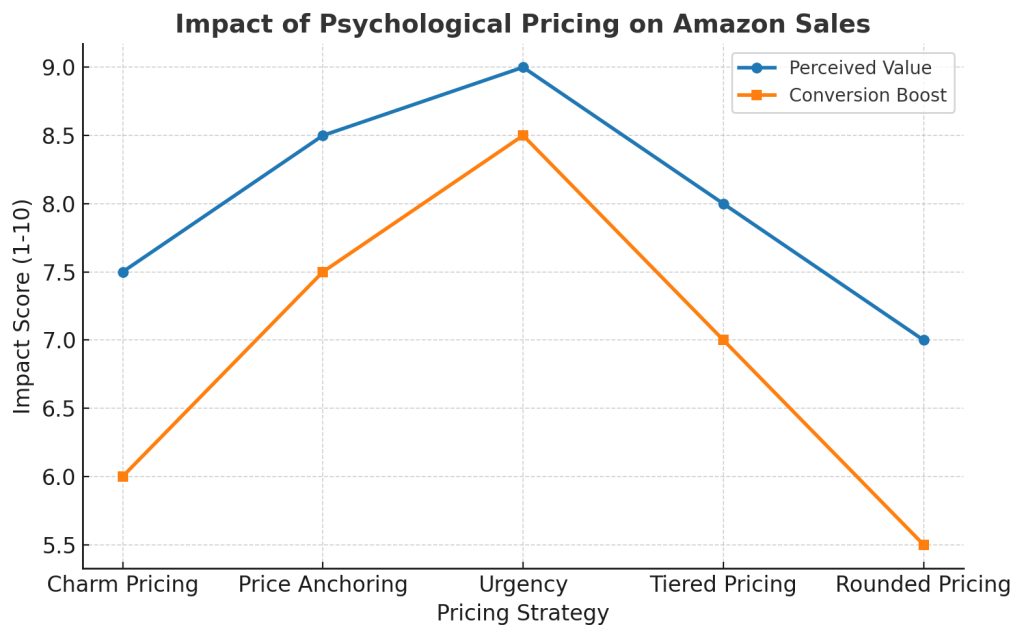
Common Mistakes Amazon Sellers Make
Even the smartest pricing psychology can fail if you:
- Change prices too often without reason — creates distrust.
- Ignore your profit margins — you might win the sale but lose money.
- Use urgency too aggressively — Amazon can penalize fake scarcity claims.
Seller Action Checklist: Applying Psychological Pricing on Amazon
Before you publish your next price change, run through this list to make sure you’re getting the most out of psychological pricing strategies for Amazon sellers.
- Audit Your Current Listings
Check if prices are optimized for perception, not just competition. - Apply Price Anchoring
Show a crossed-out higher price for justified comparisons. - Create Scarcity Without Misleading
Only highlight low stock or time limits when they’re true. - Test Tiered Pricing
Offer three versions and make the middle the most profitable. - Match Price Format to Product Type
Bargain → odd numbers (.99, .95) | Luxury → rounded numbers. - Bundle for Perceived Value
Offer multipacks at a slight per-unit discount. - Automate with Repricing Tools
Use InstaRepricer to handle charm pricing, anchoring, and urgency automatically.
Automating Psychological Pricing with InstaRepricer
Manually tracking competitor prices, inventory, and applying psychological tactics is time-consuming especially with large catalogs.
InstaRepricer lets you:
- End prices in .99/.95 automatically.
- Apply urgency only when stock is low.
- Keep price anchoring consistent without manual edits.
- Sync prices with PPC campaigns for better ROI.
Final Takeaway
Winning on Amazon isn’t about having the cheapest price, it’s about having the most compelling price.
By applying psychological pricing strategies for Amazon sellers, you can:
- Protect your profit margins.
- Increase Buy Box wins.
- Build a trustworthy brand image.
When powered by InstaRepricer, these strategies work for you 24/7 — so you can focus on growing your business while your pricing works in the background.

